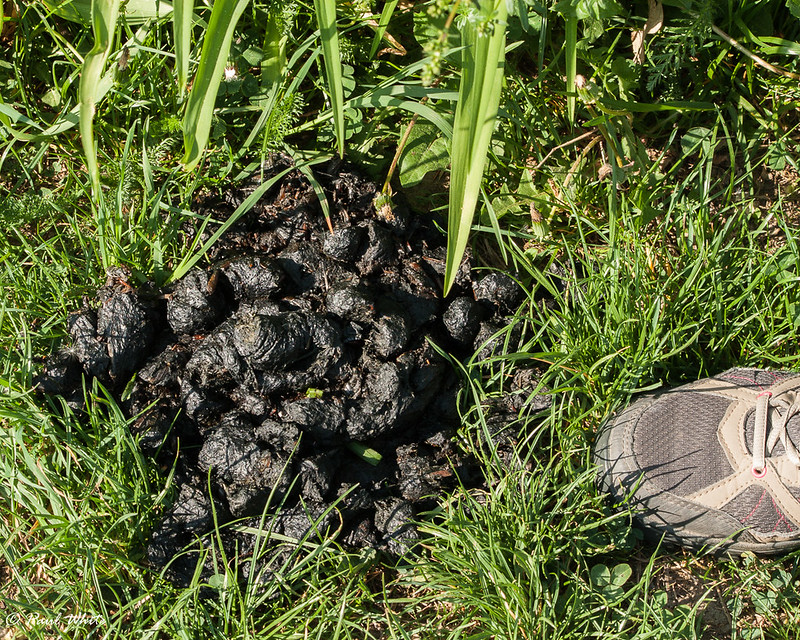by Paul White
We were informed that a brown bear sow with three cubs had been entering the village cemetery each night, so we went to investigate. We soon found evidence of bear activity, scats and juvenile paw prints on graves. I then placed a camera trap next to the upper entrance to the cemetery, close to the forest. The question that everyone was asking was "why would any bear be interested in the cemetery?"
We were informed that a brown bear sow with three cubs had been entering the village cemetery each night, so we went to investigate. We soon found evidence of bear activity, scats and juvenile paw prints on graves. I then placed a camera trap next to the upper entrance to the cemetery, close to the forest. The question that everyone was asking was "why would any bear be interested in the cemetery?"
This is a good question because the link between most bear activity close to human habitation is food. But there's no obvious food source in the cemetery?


I have several friends in bear ecology and management and first discussed this situation with Peter, a forest ranger living and working in the Yukon Territory of Canada. He said this kind of bear behaviour is pretty common in north America too for the following reasons:-


I have several friends in bear ecology and management and first discussed this situation with Peter, a forest ranger living and working in the Yukon Territory of Canada. He said this kind of bear behaviour is pretty common in north America too for the following reasons:-
1. Sows will often hang around areas of human habitation to avoid adult male bears who will not hesitate to kill cubs to mate.
2. They are also trying to avoid dominant male wild boar who are also a danger to bear cubs.
3. Adult male bear and boar are more likely to avoid cemeteries involving human activity and bear sows will risk seeking refuge in them to protect their cubs.
4. In Peter's experience these kind of situations often end in tragedy for the bear, being destroyed due to perceived potential threat from close encounters with humans.
5. There is the option to relocate 'troublesome' bears that either scavenge for food or maintain regular activity close to humans. However, to be truly effective there needs to be a considerable distance between the new location (drop off point) and the next nearest human settlement. Peter says that in North America the relocation of grizzly bears is usually ineffective unless they are moved more than 700 km away from their territory which also needs to be free of human habitation. This principal could never be applied within the European Union because the human population is far more concentrated.


So far there have been no direct confrontations with humans in our village cemetery although there have been several sightings and at least two close encounters.

One of these encounters involved an elderly widow who attended the cemetery to lay a wreath on her husband's grave. Whilst laying the wreath she heard something behind her, turned, and was shocked to see a bear standing on it's hind legs. She broke down in tears, which unnerved the bear which quickly retreated to the forest.
The second encounter involved both Laura and I when we spotted the juvenile bear in the top photograph. We withdrew quietly and and warned several other visitors in the cemetery.